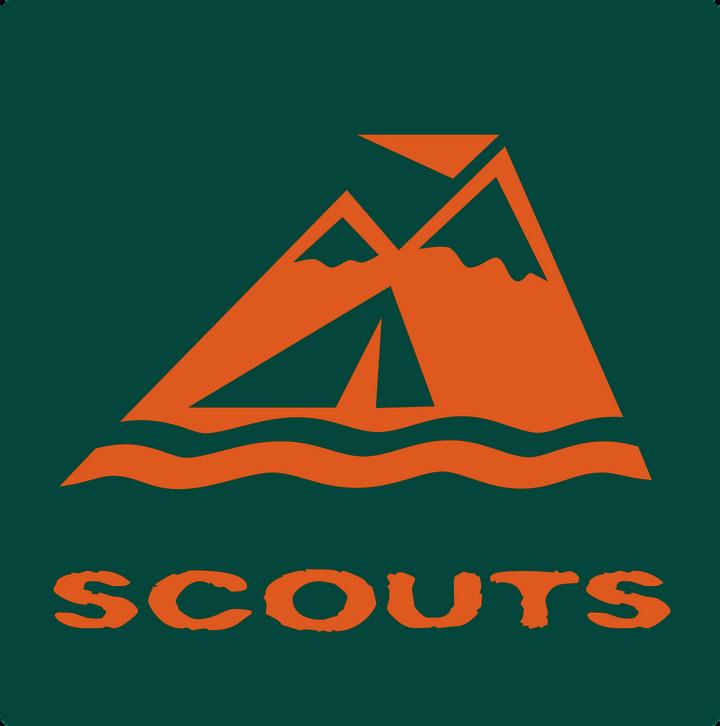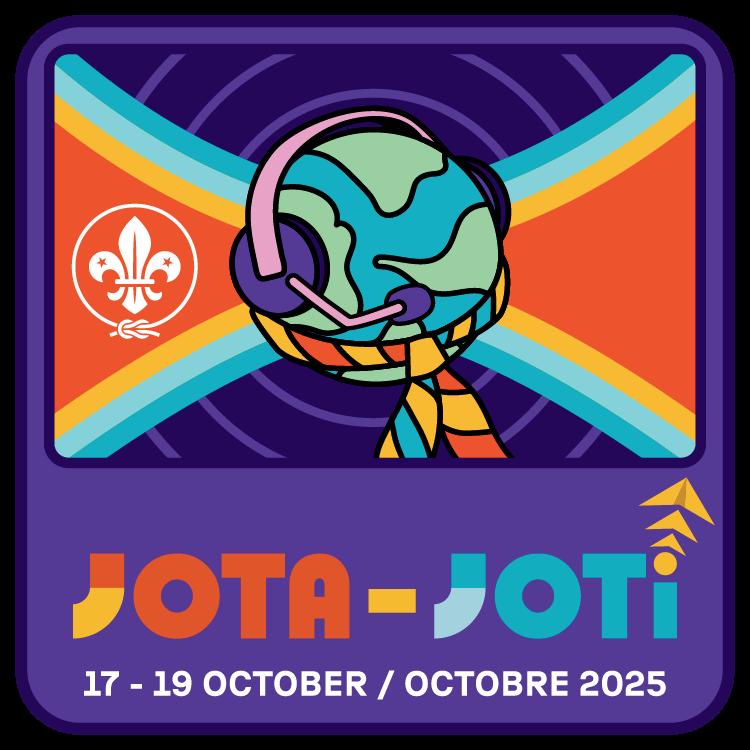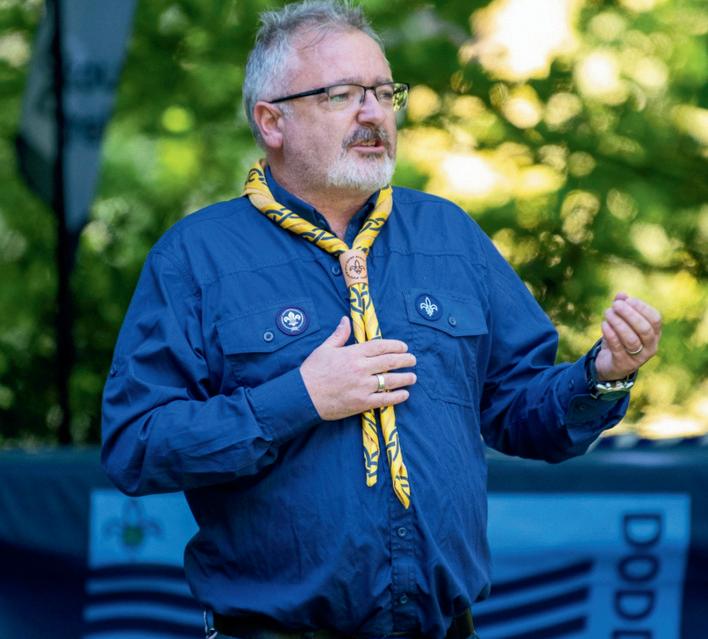

JOTA for Scouts
Here are some activities for Scouts to explore JOTA/JOTI.
WebSDR Signal Spotters

Equipment Needed: Laptops/tablets with internet access, projector/screen, printable “listening log” sheets, pens, world map.
This base introduces Scouts to amateur radio signals without needing specialist kit. Using the University of Twente’s online WebSDR (http://websdr.ewi.utwente.nl:8901/), Scouts can tune into live shortwave (HF) radio from the Netherlands.
You will:
Explore different ham radio bands. Identify call signs from operators worldwide. Learn how frequency, propagation, and modes (USB/LSB/CW) affect what you hear.
Understand listening etiquette and the global nature of radio.
Start by learning what SDR (Software Defined Radio) is — a receiver connected to the internet that anyone can use. Show Scouts the Twente WebSDR site and the waterfall display. Reminder, you are only listening, not transmitting.
To demonstrate, enter the website. Select a ham band (e.g. 40m around 7.1 MHz or 20m around 14.2 MHz). Switch mode (LSB/USB for SSB voice). Click on a signal in the waterfall to tune in.
Explore! In pairs/small groups, Scouts tune to different bands. Log what you hear: frequency, mode, call signs, language, or country if known. Listen carefully for call signs (e.g. “EI…” for Ireland, “G…” for UK).
Map it! Groups place pins/stickers on a world map showing the likely origin of the stations heard.
Wrap Up - Discuss how far signals travelled, what bands were busiest, and how conditions (time of day, weather, sun activity) might affect what you heard. Link back to JOTA — this is exactly how Scouts make friends globally over the air.

Our Chief Scout studied electronic engineering and has always been fascinated by radios and computers. He knows how exciting it can be to talk to people all over the world, learn about different places, and share your story. That’s why he is delighted to support Scouts to take part in Jamboree on the Air (JOTA) and learn how radio connects people everywhere.

JOTA Scouts
Here are some activities for Scouts to explore
JOTA/JOTI.
Google morse explorers

Equipment Needed: Laptops/tablets/phones with the Google Chrome, WI-FI, printable Morse alphabet charts, paper and pencils.
This base lets Scouts use Google’s interactive Morse training site to learn Morse code. You will; Understand the dot/dash structure of Morse code, learn to recognise letters and numbers via practice, practice encoding and decoding simple messages, and see how Morse can be used as an alternative mode of communication.
Start by learning what Morse code is and how it has been used. Check out the Google Morse page: say what it’s for and why interactive practise helps.
Work through first few lessons / levels together, showing how to input responses, get feedback, etc.
Scouts work in pairs or small groups: one uses the site to decode messages, the other writes short messages for the partner to guess (either orally or by writing).

Was this hard and what was fun about learning Morse this way?
How does Morse tie into radio communication and its relevance today?
Our Chief Scout studied electronic engineering and has always been fascinated by radios and computers. He knows how exciting it can be to talk to people all over the world, learn about different places, and share your story. That’s why he is delighted to support Scouts to take part in Jamboree on the Air (JOTA) and learn how radio connects people everywhere.
